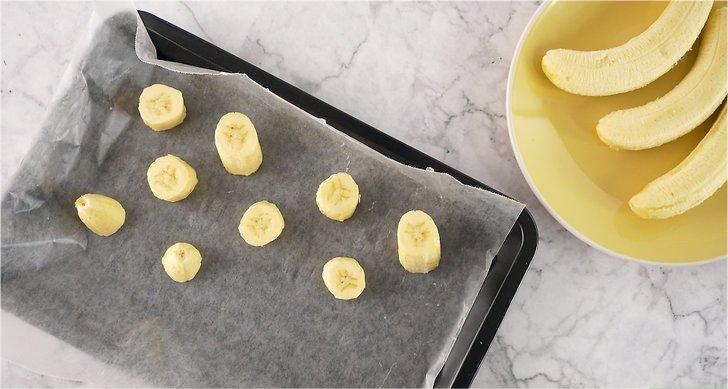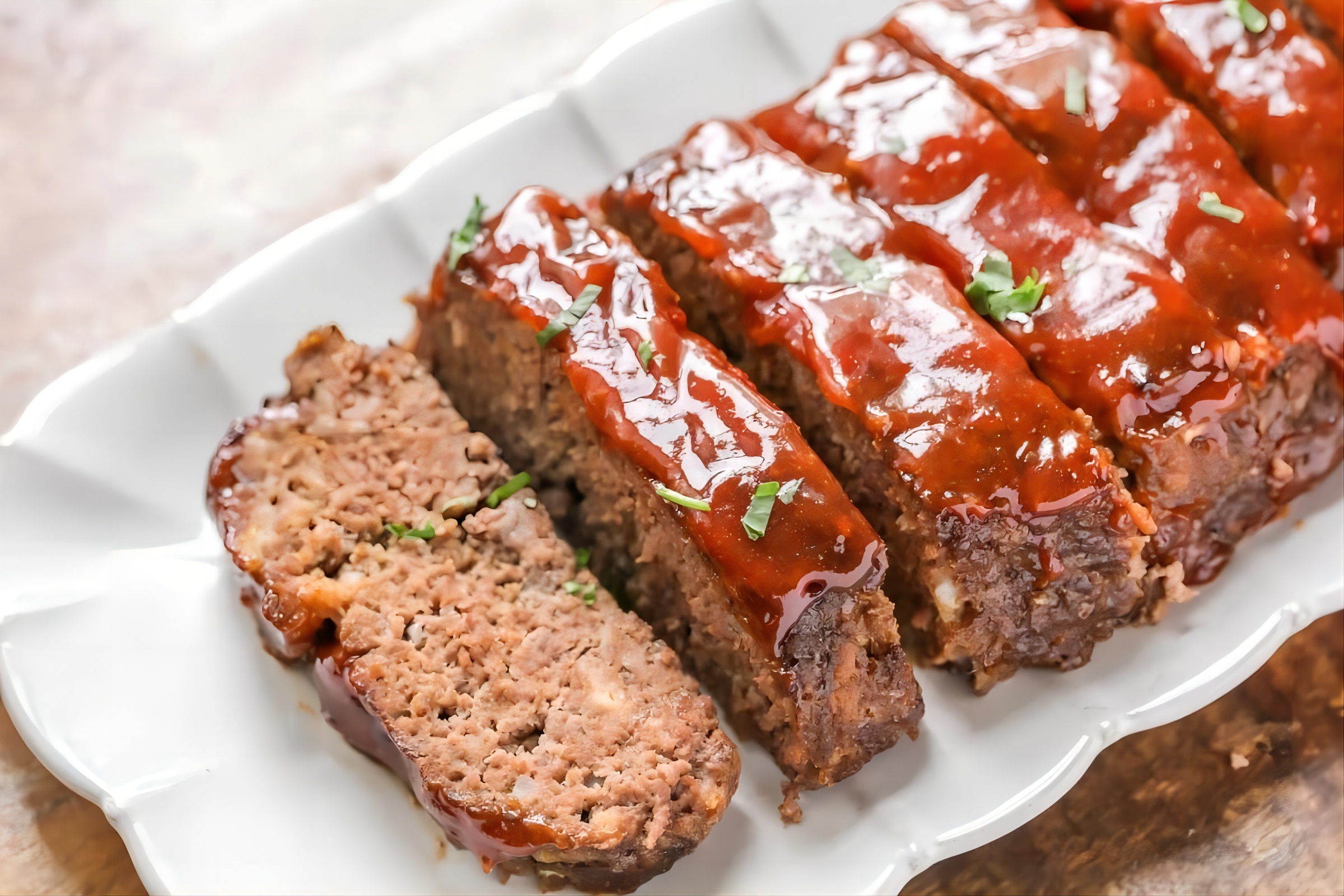Sprouted potatoes really poisonous? Life because of eating the wrong food leading to poisoning is not uncommon, this article we will talk about those common “poisonous” food, eat when you have to pay attention to point.
Sprouted potato
Sprouted potatoes can be really common, and once they are sprouted, you need to be extra vigilant, and firmly refrain from consuming potatoes that are heavily sprouted as well as potatoes that you can’t tell the extent of the sprouting!
This is because the amount of lobelia, a toxic glycoside alkaloid, increases dramatically when potatoes are sprouted. Normally, there is very little lobelia in potatoes, but the amount of lobelia is elevated when they are sprouted.
A very small amount of lobelia is not toxic to the human body, but a single intake of 200 milligrams of lobelia can be toxic.
The earliest symptoms of eating sprouted potatoes are itching in the mouth and throat, pain in the upper abdomen, and nausea, vomiting, diarrhea and other symptoms; deeper poisoning can be due to severe vomiting, diarrhea and dehydration, electrolyte disorders and a drop in blood pressure; severe cases of coma and convulsions, or even heart failure, respiratory paralysis ultimately leading to death. 200 mg of lobelia what is the concept of it? It is equivalent to about 30 grams of potatoes that have turned green or sprouted (about as much as two thumbs).
However, it is not absolutely impossible to eat potatoes that have sprouted, if the potatoes have only just begun to sprout, and also only a small area has a little, then it is perfectly acceptable to dig out the part of the sprout and around the eye of the sprout (be sure to dig down some more), and remove all the parts of the bruise that have turned green. Afterwards soak them in cold water for half an hour or more, discard the soaking water, and then cook and serve. If the potatoes are more severely sprouted, don’t think about it and just throw them away.
For mildly sprouted potatoes, after removing the sprouted parts, steam or boil the potatoes more often, because the glycoside alkaloid content of the potatoes will be reduced by 65% in steam, while boiling will reduce it by more than 80%. Soaking in a solution of vinegar and water during processing can also reduce the content of lobelia alkaloids.
While sprouted potatoes are poisonous and inedible, sprouted groundnuts, beans, and nuts are generally non-toxic and can be consumed.
Uncooked soymilk
Many people like to cook their own soy milk at home, if not with a soy milk machine but with a small crock pot to cook that can be careful, drinking uncooked soy milk may lead to food poisoning.
Soybean milk in the cooking process will appear false boiling phenomenon, this is because soybean milk contains saponin, this component in the heating to 80 ℃ when there will be a lot of foam, give the feeling that soybean milk “boiling”.
At this time, the soy milk has not actually been cooked, still contains harmful ingredients, such as saponin, antitrypsin and other harmful substances, saponin irritation of mucous membranes; also contains soap toxins that can destroy red blood cells, which can lead to poisoning; also contains a substance called urease, which can also lead to poisoning of the human body.
Usually half an hour ~ 1 hour after drinking will feel sick, mainly manifested as nausea, vomiting, abdominal distension, diarrhea, can be accompanied by abdominal pain, dizziness, fatigue and other symptoms, and may also lead to death in serious.
In order to avoid poisoning, cooking soybean milk when you see the “false boiling” phenomenon first do not turn off the fire, you can make a small fire to continue to heat for 5 minutes, and so the foam disappeared after boiling again before you can turn off the fire.
Uncooked string beans
There are many cases of poisoning caused by eating uncooked string beans, especially in collective canteens. Raw bean curd contains two substances, erythrocyte lectin and saponin. Erythrocyte agglutinin, also known as doujinshi, phytoagglutinin, erythrocyte agglutinin can produce a strong stimulation of the digestive tract, destroying the mucous membrane of the digestive tract, causing gastroenteritis. If it enters the blood, it can coagulate with red blood cells, which is the origin of its name. Saponin into the body after its hydrolysis product saponin element can also stimulate the gastrointestinal mucosa, causing inflammatory reaction, can cause nausea, vomiting, abdominal pain, diarrhea and other symptoms.
This component is more afraid of heat, 100 ℃ heating conditions for more than 10 minutes, or higher temperatures when fried fried can be cracked saponins to eliminate the toxicity of harmful substances. Therefore, the beans are not cooked, cooking is not thorough is easy to lead to poisoning.
In addition to beans, beans, beans, lentils also contain saponins.
Fresh cauliflower (Brassica oleracea var. botrytis)
Fresh yellow cauliflower is not to be eaten straight away as a certain component in fresh yellow cauliflower can cause nausea, vomiting, dry mouth and diarrhea when consumed.
As to what this ingredient is, it has been believed in previous studies that the ingredient is colchicine, which is partially oxidized to dicolchicine after absorption in the gastrointestinal tract, which can irritate the gastrointestinal tract and cause gastrointestinal discomforts, such as abdominal pain, vomiting, diarrhea, and other gastrointestinal symptoms. Colchicine will be decomposed after steam and blanching, so it is safe to consume.
However, a new study has recently put forward a different viewpoint on the “toxic ingredients” in cauliflower. The new study concludes that cauliflower does not contain colchicine, but contains a number of compounds that flow out of the components, which are easily soluble in water, and can be decomposed by steam and blanching, and can be safely consumed after cooking.
Regardless of this “toxic ingredients” in the end what, in any case, do not eat fresh, be sure to steam or blanch before eating.
Long-soaked fungus
Don’t soak fungus for too long, much less for two or three days at a time. Prolonged soaking of fungus is likely to produce mielenic acid, which is a toxin produced by Pseudomonas aeruginosa subspecies mielenic acid. There is no specific antidote for mielenic acid poisoning, and the lethality rate is over 40%.
Soak the fungus time is best controlled within 4 hours, the water temperature should not be too high, generally 30 ℃ for the most suitable temperature. Experiments have shown that in soaking more than 6 hours, the edge of the black fungus will appear cracking phenomenon, seriously affect the quality of the fungus, but also more susceptible to microbial contamination.
Under normal circumstances a person eating a meal, once soaked 5 grams of dried fungus is enough. If you soak too much at one time, you can blanch it first and then drain it, then wrap it in a plastic bag and put it in the refrigerator to finish it the next day.
Good-looking mushrooms.
Many good-looking mushrooms may be “redheads”, or they may be poisonous. For example, gooseberry fungi, gooseberry poisoning caused by the first place, gooseberry poisoning in the genus of white poisonous umbrella, fatal white poisonous umbrella is the most common. Poisoning will lead to liver damage, serious life-threatening.
Even if you don’t recognize poisonous mushrooms, it doesn’t matter, don’t eat mushrooms you haven’t eaten before, don’t pick mushrooms that are too pretty to look at, and don’t be curious enough to touch them, but honestly eat safe mushrooms that you know. For example, shiitake mushrooms, enoki mushrooms, flat mushrooms, amberjack mushrooms, cockle mushrooms, white jade mushrooms, matsutake mushrooms, hazelnut mushrooms, and so on.
Rotting ginger
Improperly stored ginger will rot and deteriorate. If you find ginger rotting, don’t eat it, as the safrole content of ginger will increase greatly after it rots, which is a toxic substance that is harmful to your liver if you consume too much of it.
Bitter Almonds
Bitter almonds contain bitter amygdalin, this kind of material will generate hydrocyanic acid after hydrolysis, and then make the tissue cells can not use the oxygen carried by the red blood cells, causing the tissue ventricular respiration, resulting in cytotoxic hypoxia. The effect on the central nervous system is excitation followed by paralysis, and respiratory paralysis is the main cause of death in hydrocyanic acid poisoning.
Children can be poisoned by eating 10-20 grains, and adults can be poisoned by eating 20-60 grains. In addition to bitter almonds, raw white fruit is also inedible.
Unprocessed puffer fish
Fugu (puffer fish) has delicious meat and many people love to eat it. However, eating this fish incorrectly may kill you. Puffer fish contains tetrodotoxin, which is highest in the ovaries, liver and intestines, with most of the muscle free of the toxin or containing a small amount of it. However, tetrodotoxin content is high in the muscles of chrysanthemum yellow dolphin and bug pattern dolphin.
Tetrodotoxin is one of the neurotoxins with the strongest toxicity of natural toxins, 1250 times stronger than sodium cyanide, with stable toxicity, and cannot be diluted even after steaming, exposure to sunlight and other treatments. Tetrodotoxin has a strong paralyzing effect on the central nervous system and peripheral nerves of the human body, leading to nerve paralysis and brainstem paralysis through its action on the nervous system, and inducing respiratory failure, which can ultimately lead to death.
Improper handling of wild puffer fish can lead to poisoning. It is best not to eat commercially available wild puffer fish, scavenged puffer fish and puffer fish caught by fishermen themselves. People who like to eat puffer fish are advised to choose artificially cultured puffer fish. Studies have shown that the liver and blood of cultured puffer fish (red-finned puffer fish, dark-finned puffer fish, yellow-finned puffer fish and yellow-finned puffer fish) are non-toxic or weakly toxic, and the muscle is non-toxic, so it can be eaten without fear.



